Teachers differentiate to three major considerations: readiness, interest, and learning profile. Matching instruction to students' readiness correlates strongest with academic growth, according to research.
"Learning profile is a fluid concept that includes how culture, gender, intelligence preference, and learning style might influence how a student approaches learning. Carol Tomlinson is quick to clarify that learning profile is not a synonym for learning style.
The "learning styles" approach to teaching has received a lot of criticism of late – particularly from three groups, Tomlinson told attendees at her ASCD Annual Conference session on the controversial topic."
You may find the slides that go with this article on her website: http://www.caroltomlinson.com/Presentations/2012ASCD_LearningStyleControversy.pdf ;
(The image is the first slide.)



 Your new post is loading...
Your new post is loading...
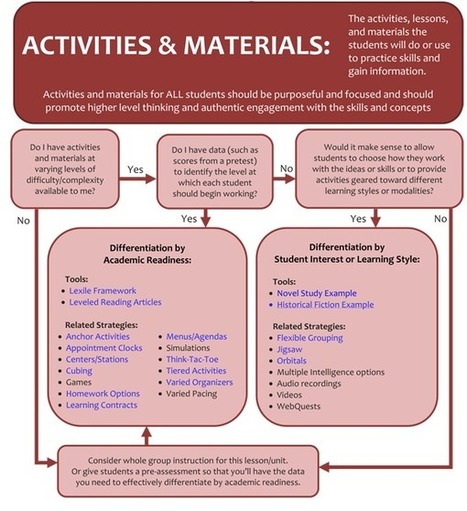


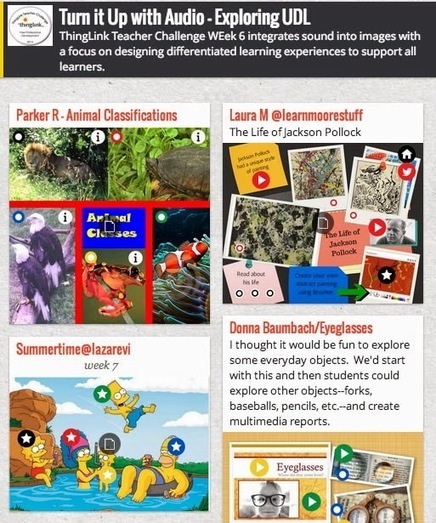
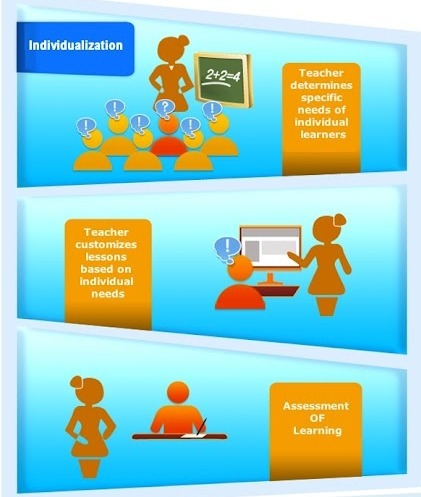
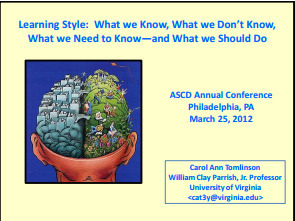


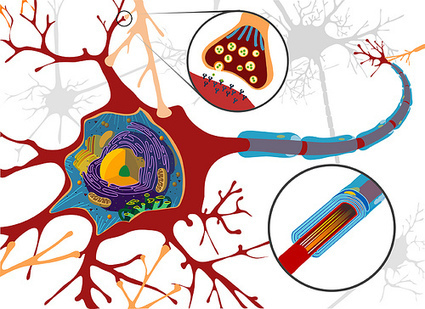
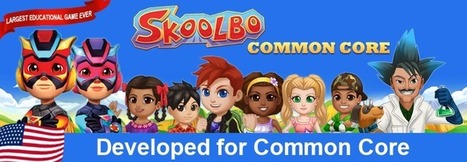
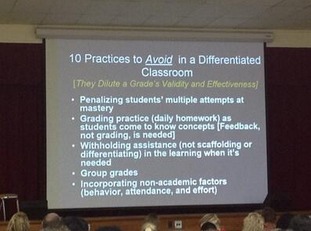


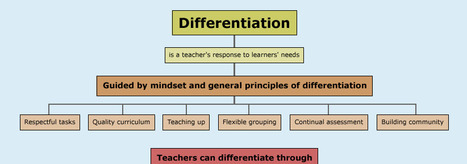
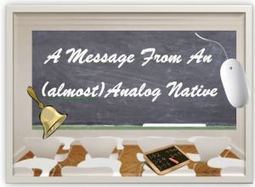





We hopefully are all trying to differentiate, but sometimes we need that creative push and encouragement. This is a wonderful resource with printable infographics for coming work areas and links to concepts and other resources to really get you thinking in every direction outside of the box - each student will gain something out of you using this.
These differentiation flowcharts will prompt teachers to make good decisions around scaffolding of student learning.
Check out concepts, assessments, and activities for differentiation...